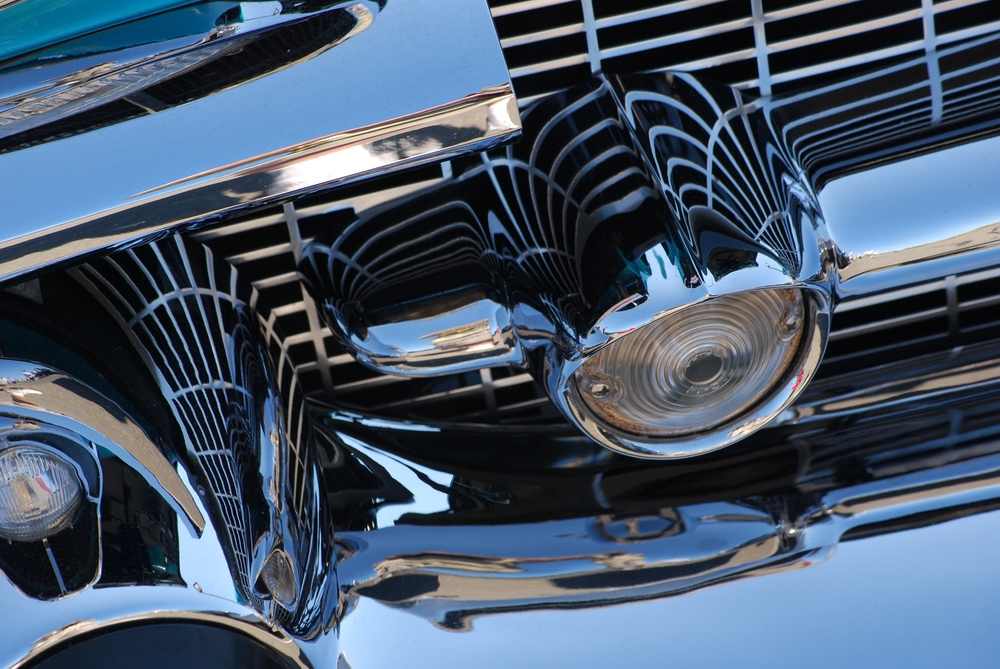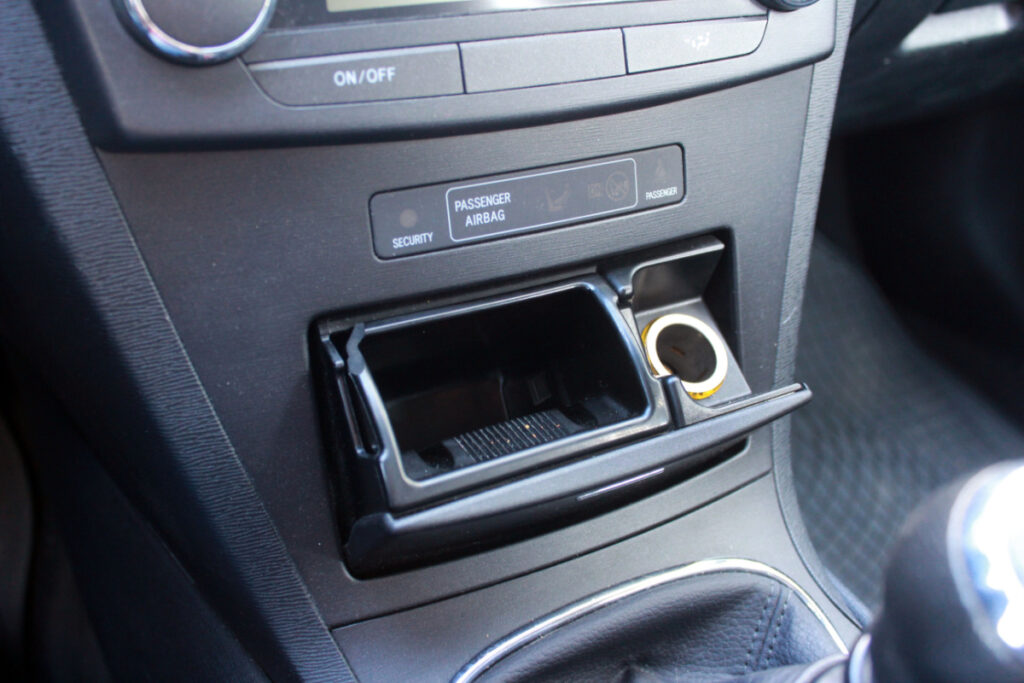The automotive world is constantly evolving, with new trends popping up as quickly as they fade away. Some innovations and features seem like game-changers at first but disappear almost overnight, leaving us to wonder where they went. In this article, we’ll take a look at 15 automotive trends that once made waves but suddenly vanished from the scene.
Contents
Pop-up headlights

Popular in sports cars from the ’70s to the ’90s, pop-up headlights were a sleek, aerodynamic design. However, modern safety regulations, particularly pedestrian safety concerns, led to their disappearance. Their complex mechanics were also prone to malfunction, pushing manufacturers to simpler, fixed designs.
Tailfins

Iconic in the 1950s and early 1960s, tailfins symbolized post-war prosperity and the jet age. As car designs moved toward more aerodynamic and minimalist styles in the 1970s, tailfins quickly fell out of favor, becoming relics of a bygone era.
Cassette players

Cassette players were standard in cars through the 1980s and early ’90s, allowing drivers to listen to their own tapes. The rise of CDs in the mid-’90s, followed by digital media, rendered cassette players obsolete almost overnight.
Chrome bumpers

These heavy, shiny bumpers were a symbol of durability and luxury through the 1960s. However, they were phased out in favor of plastic and composite materials, which are lighter, more aerodynamic, and safer in collisions.
Velour upholstery

Common in the ’70s and ’80s, velour was a soft, plush fabric that gave car interiors a luxurious feel. Its high-maintenance nature and changing tastes toward leather and synthetic fabrics led to its decline.
Manual window cranks

Once a standard feature, manual window cranks allowed drivers to open and close windows mechanically. With the rise of electric power windows, this labor-intensive feature became obsolete, leaving only a few low-cost models using them.
T-top roofs

These removable roof panels, popular in muscle cars and sports cars of the ’70s and ’80s, gave drivers a semi-convertible experience. However, they were phased out as full convertibles became more reliable, and safety concerns grew over the roof’s structural integrity.
Woodgrain paneling

Often seen on station wagons in the ’60s and ’70s, faux-wood paneling added a rustic touch to cars. By the ’80s, this look became outdated, and automakers shifted toward sleeker, more modern exteriors.
Bench seats in the front

A hallmark of larger cars from the ’50s through the ’80s, front bench seats allowed for more seating space. The shift toward bucket seats for comfort and safety, as well as the advent of center consoles, led to their decline.
CD changers

Multi-disc CD changers were a luxury feature in cars of the late ’90s and early 2000s, allowing drivers to store and play multiple CDs. With the rise of MP3 players, Bluetooth, and streaming services, CD changers quickly became obsolete.
Cigarette lighters and ashtrays

Once standard in almost every vehicle, cigarette lighters and ashtrays are now rare due to the decline in smoking and a greater focus on cleaner interiors. USB ports and storage compartments have taken their place.
Hubcaps

Hubcaps were a decorative feature designed to cover a vehicle’s wheel hub and bolts. As alloy wheels became more common in the 2000s, hubcaps were no longer necessary, and their popularity diminished.
Full-size spare tires

Full-size spares were once a standard feature in most vehicles. However, to reduce weight and save space, many manufacturers now provide compact spare tires or tire repair kits instead.
Hood ornaments

A symbol of luxury, hood ornaments were common in high-end cars through the mid-20th century. They gradually disappeared due to concerns over pedestrian safety and a shift toward more streamlined car designs.
Rear-hinged “suicide” doors

Popular on cars in the early 20th century, rear-hinged doors allowed easier access to the back seat but posed a safety risk. Modern designs, with a focus on safety, largely abandoned this configuration.
This article originally appeared in MyCarMakesNoise.
More from MyCarMakesNoise
25 High-Mileage Luxury Cars That Hold Their Value

When it comes to luxury cars, high mileage doesn’t always mean a loss in value. Some luxury vehicles are built to last, offering both elegance and reliability even after many miles on the road. In this article, we’ll explore 25 high-mileage luxury cars that not only maintain their value but also deliver exceptional performance, making them smart choices for savvy buyers. Read More
16 Boats That Missed Their Moment

Not every boat that hits the water is destined for success. In fact, some vessels, despite big expectations, simply never found their place in the spotlight. In this article, we’ll explore 16 boats that missed their moment, either due to design flaws, poor timing, or just plain bad luck. Read/ More
15 Costly Boat Accessories That Barely Add Value

Outfitting your boat with the latest accessories can be tempting, but not all of them are worth the hefty price tag. Many expensive upgrades look impressive but offer little real value. In this article, we’ll explore 15 costly boat accessories that barely make a difference and why they may not be the best investment for your vessel. Read More














